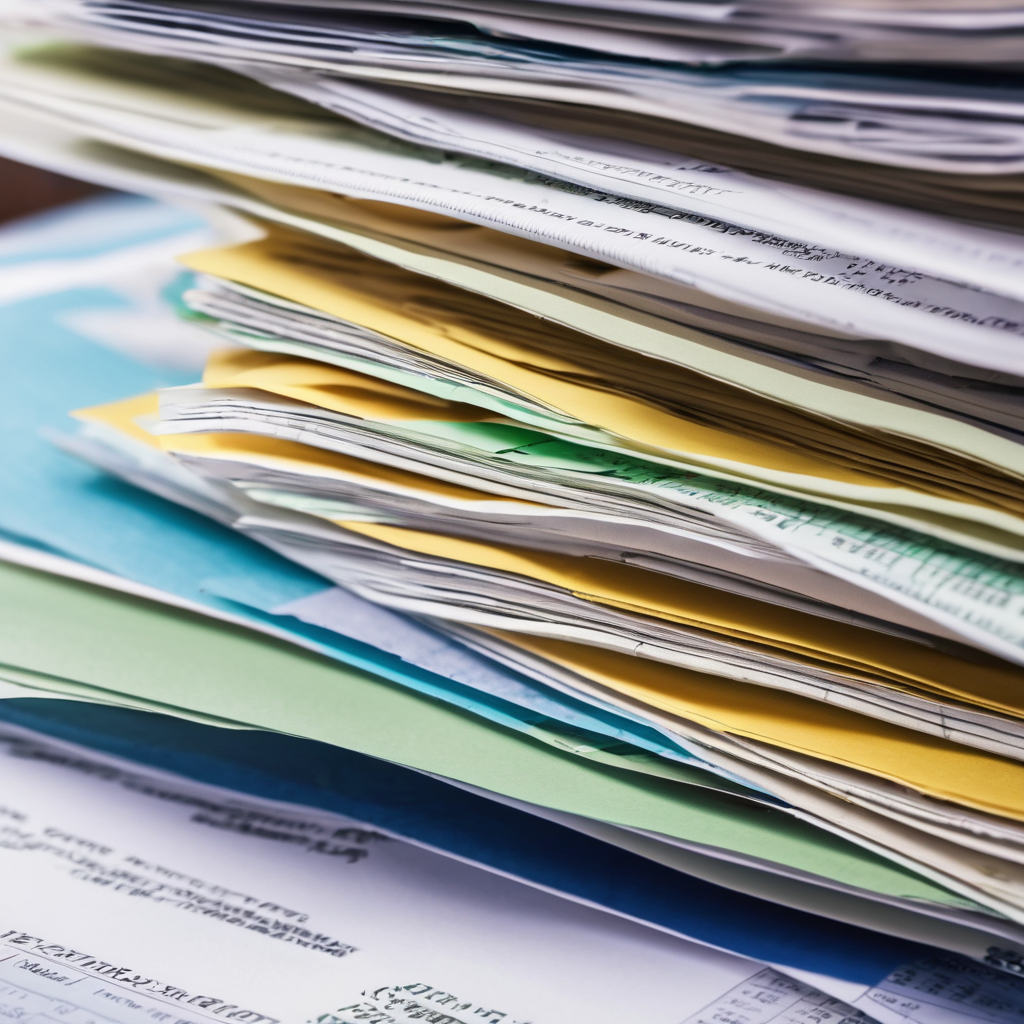Some student-loan borrowers are beginning to see potential relief after enduring years of repayment challenges. Recently, the Trump administration started notifying select borrowers enrolled in income-based repayment (IBR) plans that they might qualify for loan discharges.
IBR plans allow borrowers to have their monthly payments calculated based on their income, with a promise of forgiveness after 20 or 25 years, depending on when they began their plan. As of the second quarter of 2025, there were 2 million borrowers in IBR plans, although the Department of Education has not provided specific figures on those eligible for the current forgiveness initiative. According to an email reviewed by Business Insider, borrowers will be informed by their loan servicer regarding the processing of their IBR discharge, which is expected to take around two weeks, though some cases may require more time.
Student-loan forgiveness has been challenging to come by during the Trump administration, marked by a shift away from debt relief initiatives. In response to this, the Department of Education had previously paused IBR processing to update payment counts and address a backlog of repayment plan applications, including those under the Public Service Loan Forgiveness program.
Understanding eligibility for this relief is essential for borrowers. The IBR plan was originally established by Congress in a 2007 law and was launched in 2009, receiving updates in 2014. Significant changes include payment structures—borrowers who enrolled before July 1, 2014, pay 15% of their discretionary income over 25 years, while those who signed up afterward pay 10% over 20 years. Borrowers are also permitted to switch from other income-related plans to IBR, meaning payments made before the IBR implementation count towards forgiveness.
Additionally, Trump’s spending legislation in July modified IBR requirements by eliminating the need to demonstrate financial hardship for enrollment and widening access to certain parent PLUS borrowers.
However, the ongoing government shutdown, which began on October 1, poses a challenge to the relief effort. Federal agencies have activated contingency measures to maintain crucial operations, stating that communication from Federal Student Aid may be limited. Borrowers have been advised to continue making scheduled payments during this time.
The emails regarding loan discharges inform borrowers that the Department of Education will forward discharge information to servicers after October 21. Those who wish to decline the relief must do so before this date. Yet, due to staff furloughs and layoffs at the Department of Education, there may be delays in processing requests for forgiveness.
Compounding these concerns, the 2021 American Rescue Plan provision making student-loan forgiveness tax-free until 2025 could result in tax implications for borrowers after January 1, 2026, should they receive relief post-deadline.
The shutdown also interferes with ongoing legal actions concerning the Department’s backlog. The American Federation of Teachers, representing those involved in the Public Service Loan Forgiveness program, has initiated a lawsuit urging the department to discharge loans for borrowers who meet their payment requirements. A recent joint status report indicated that the Department of Education will maintain the date a borrower reaches eligibility as the effective date for relief, ensuring that those who meet their thresholds before the year’s end are not subjected to tax burdens.
This situation offers a glimmer of hope for borrowers as the government navigates these challenges. With efforts aimed at processing discharges and potential modifications in legislation, many borrowers may start to see the light at the end of the tunnel sooner than expected.
